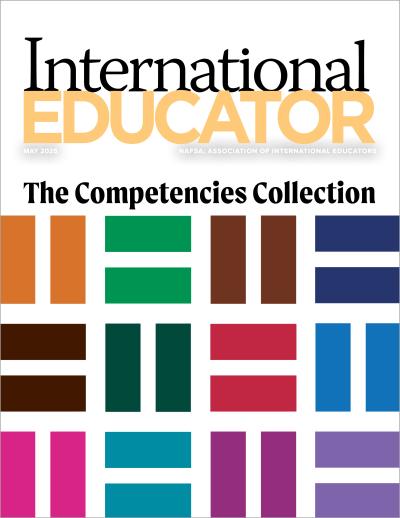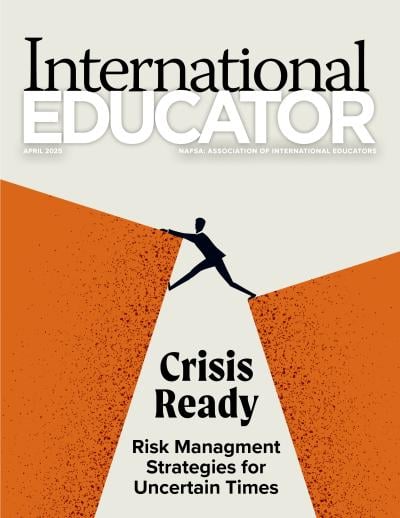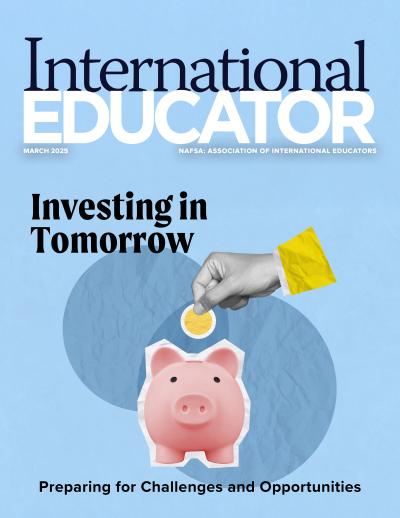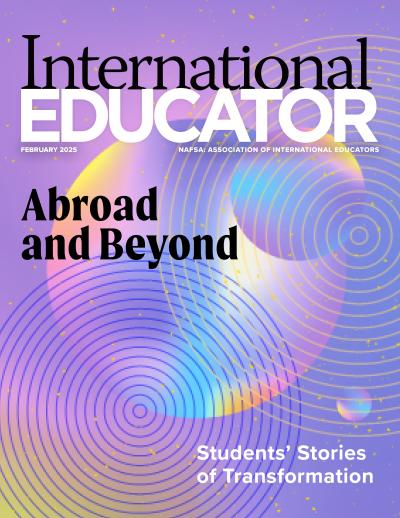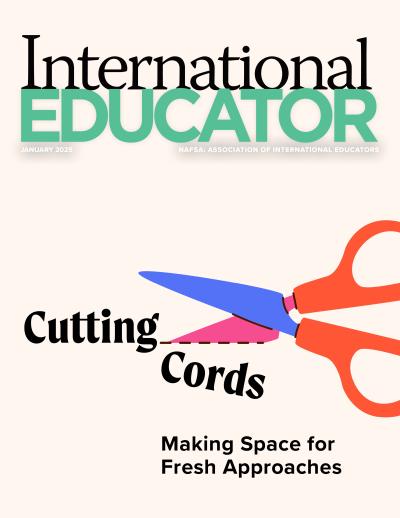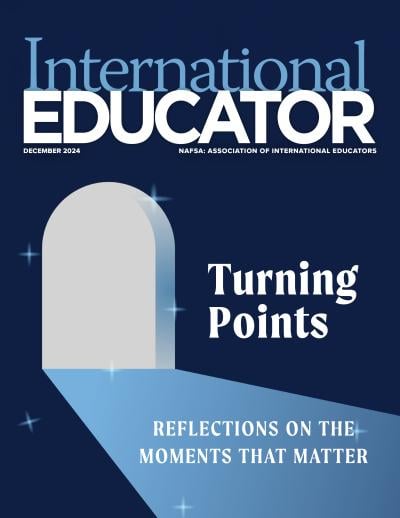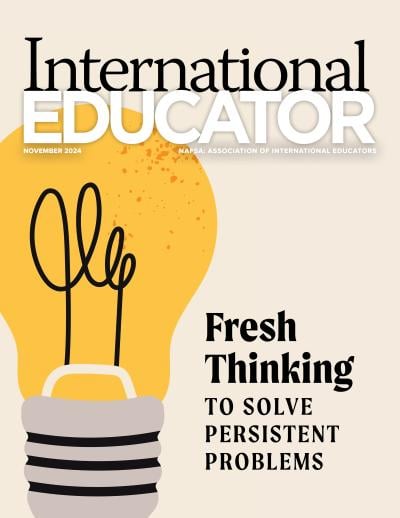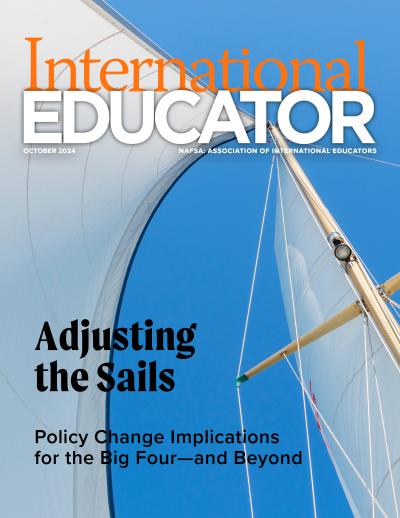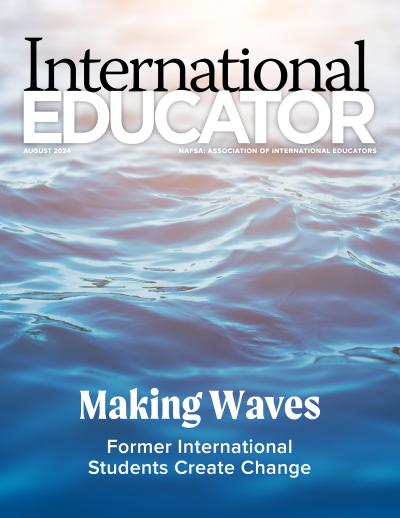Beyond Boundaries

It’s rare to have engineering, humanities, and music faculty on the same page, but during International Education Week at the University of North Carolina-Charlotte (UNC-Charlotte), students from all three disciplines were singing from the same songbook.
“Collaboration is a fundamental aspect of engineering, as it allows us to function as a cohesive team,” Professor Shen-En Chen wrote in an account of a multicultural concert, that brought together faculty and students from the three disciplines for a program featuring songs in different languages and from different countries.
Yongling Gorke, assistant director of the university’s Office of International Programs, says that on a campus with more than 3,000 faculty and staff members, the concert wouldn’t have taken place were it not for intentional efforts to bring faculty together to focus on internationalization across disciplines.
The office’s Global Learning and Internationalization Institute and other initiatives have helped connect faculty to internationalization opportunities—and each other. “If it wasn’t for the institute, most professors say they would have never met each other,” Gorke says.
"It’s a tenuous time generally for higher education, and faculty members are feeling it. I think international education can help reignite their fire." —Hilary Kahn
Many colleges and universities have prioritized global learning and similar objectives in their strategic plans for years. Some saw increased faculty engagement during the COVID-19 pandemic, when virtual exchange proliferated. The challenge now, international educators say, is sustaining the momentum—particularly in the face of low morale as the field grapples with what some perceive as





